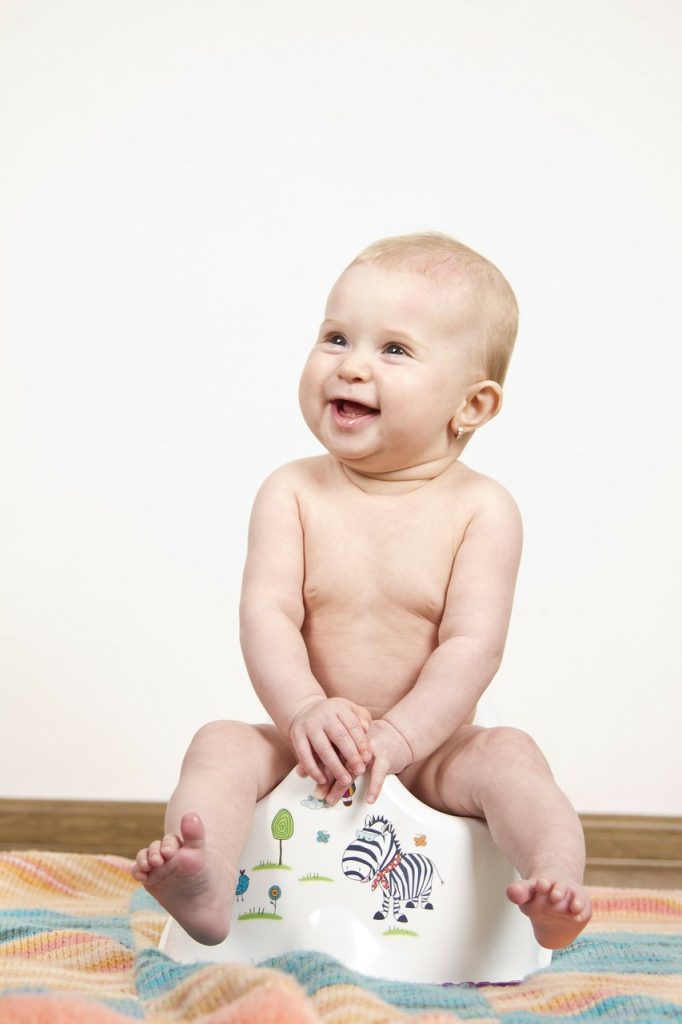Summer is a great time for potty training, and if school is approaching in the autumn and your soon-to-be Reception child is still clinging stubbornly to nappies it’s the last real chance before September.
There are 3 things to consider before you start – age and readiness, timing, and method.
1 Age and readiness
Most children potty train between the ages of 2 and 3. Some are reliably clean and dry earlier than 2 and some are still in nappies approaching their 4th birthday. Age really is just a number but the summer after a child turns 2 seems to be a popular choice because you can make the most of being outside and not have to deal with layers upon layers of clothing. More important is a child’s ability to get themself to the potty, attempt to undress and communicate that they need to go. They may also be showing some awareness by telling you that they have a wet or dirty nappy, or pulling at their clothes so you will undress and change them. Some children have absolutely no interest but if they have consistently dry periods during the day and are walking and talking confidently then they should be ready for you to give it a shot.
2. Timing
Potty training is best left if some kind of upheaval is planned in the month or so after starting. Something like a holiday, which may involve a long car or plane journey, or the arrival of a new sibling can really throw potty training off course. It takes a few weeks for going to the toilet to become a habit for children and it’s a habit best acquired within the bounds of a normal routine. Some parents like to start potty training over a weekend so the initial accidents are out the way and leave their child in childcare as usual on a Monday morning (or whichever day they start work). Others prefer to take a week off work to do it themselves and only resume childcare once relatively dry. It’s important that everyone is aware of exactly what stage a child is at and how long potty training has been going on in order to have realistic expectations.
3. Method
There are advocates of all kinds of potty training – the bare bottom method where you remove the nappy completely but don’t put pants on for a few days, the timing method where you put a child on the potty every 15 minutes to start and gradually extend that over time or the softly softly approach where you have periods of nappy free time and sit a child on the potty at set times such as before and after meals and naps. At the end of the day there is no one right way to go about it, it’s a case of working with the parents to find a method that suits everyone and the daily routine. If you have 4 school runs or you’re a group setting then the bare bottomed method may not be appropriate. If the parents are keen to potty train as fast as possible then the softly softly approach is unlikely to meet with much approval.
A word on accidents… They will happen and they’re not a big deal. In fact they’re a pretty essential part of learning because that’s when a child discovers what the limit is. Stay calm, even if it’s the tenth one before lunch, and pop the child on the potty or toilet while you clean up.

